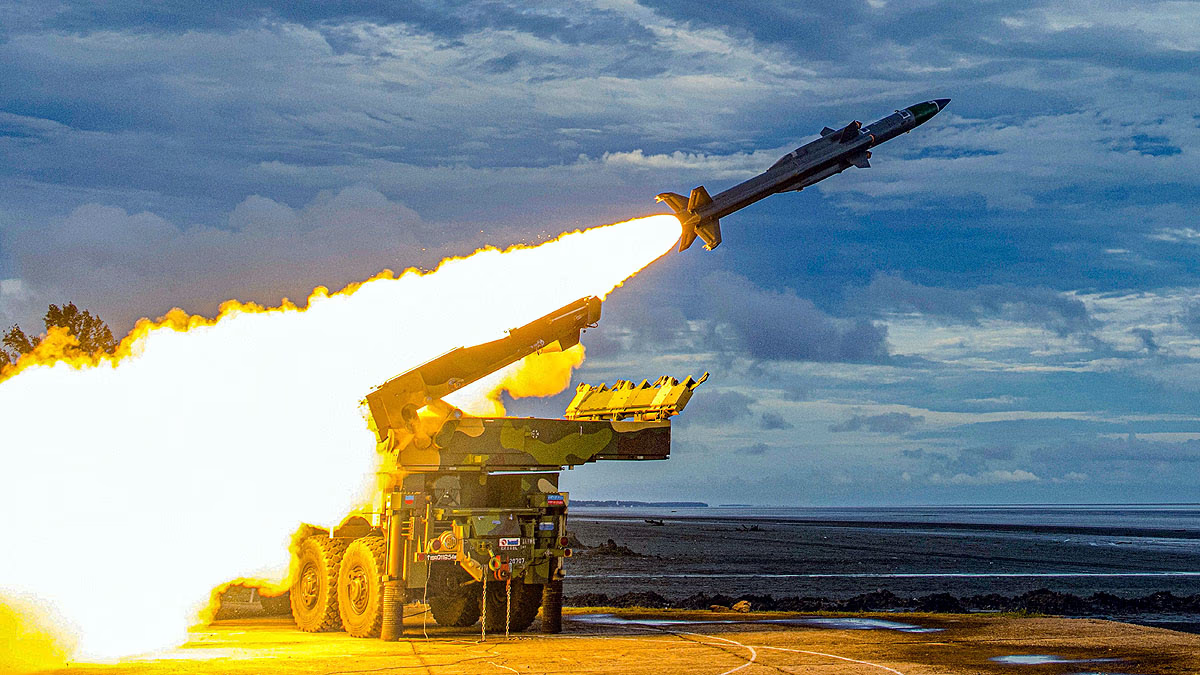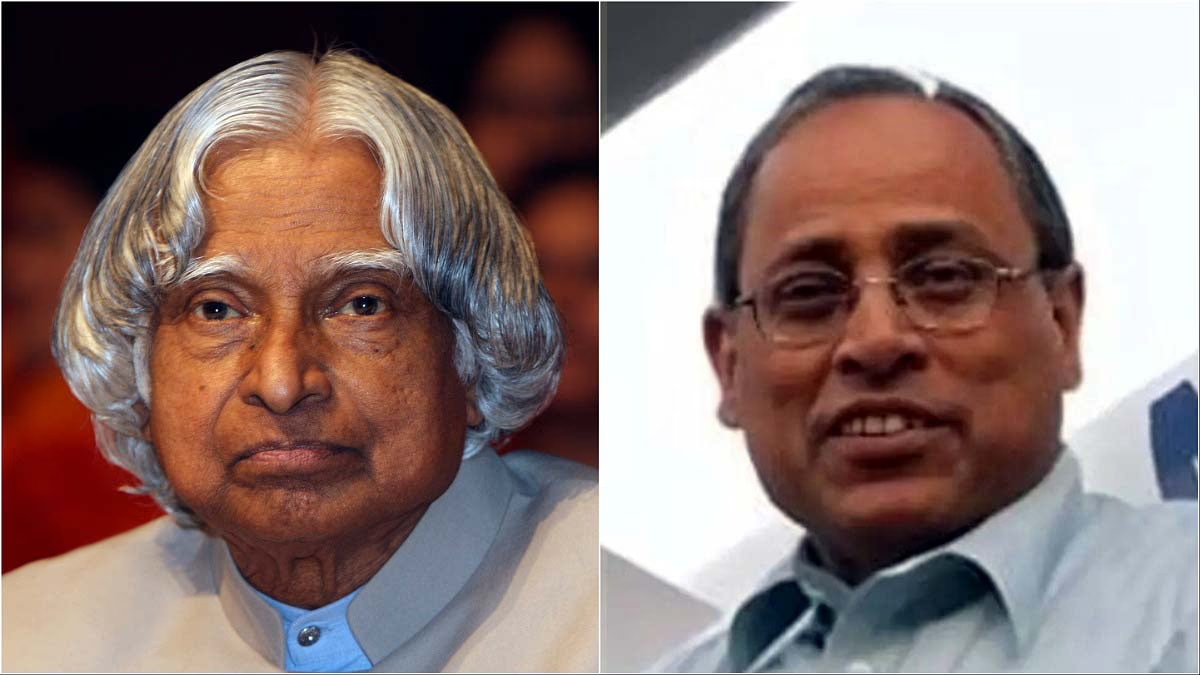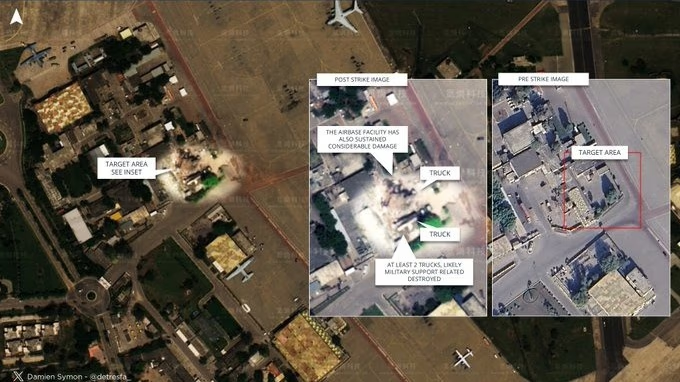If India had 10 individuals like APJ Abdul Kalam, we could have truly transformed our approach to research and development, said former DRDO scientist Prahlad Ramarao.
Based in Bengaluru, Ramarao was a part of the missile construction team brought together by India's 'Missile Man' and former President APJ Abdul Kalam. Together, they worked on the indigenous Akash surface-to-air missile system for nearly 15 years, effectively neutralizing attacks from Pakistani missiles and drones on May 8 and 9.
Read More: INS Vikrant, Akash, S400, Shilka, L70... The Indian Heroes of the Night, Bringing Pakistan to Their Knees

Source: aajtak
Ramarao stated that the biggest challenge for India is that while we excel individually, we struggle to function effectively as a team. Kalam was exceptional in solving this issue. He taught me how to channel individual energy towards a common goal. That's why I believe with 10 Kalams, India could have advanced significantly.
Kalam was the Chief of the Missile Project at Age 34
Ramarao mentioned that at just 34, he was appointed as the project director of the surface-to-air missile project, initially called SAM X, later renamed the Akash system.
He asserted that today's young scientists are better equipped to power India with indigenous innovations. I am certain that if you want to develop another missile system, it may only take five years since the groundwork has been laid.
Read More: Hero of the Indian Army... Akash Defense System Takes Air Targets Apart Over PAK

Source: aajtak
India Became an Expert in 25 Years, Dominance Still Awaits
Ramarao also highlighted that Indian manufacturers' capabilities have significantly increased. He remarked that Indian industries are so skilled that they can develop a concept if presented.
He acknowledged that India has achieved maturity in guided missiles and rockets over the past 25 years. However, a long way remains in claiming complete dominance in this field.
Ramarao emphasized that it's up to policymakers to utilize this massive resource for the nation's benefit. We undoubtedly require someone like Kalam to inspire an inexperienced team, like ours, to success.
Akash Air Defense System
Akash is India's indigenous medium-range surface-to-air missile system, developed by the Defense Research and Development Organization (DRDO). Deployed in the Indian Army and Air Force since 2014, its advanced version Akash-NG (Next Generation) was included in 2021. The system is capable of destroying aerial threats such as fighter jets, drones, and cruise missiles at low and medium altitudes.
Read More: 'Akash' Steps Up as PAK's Fateh Missile Gets Obliterated in its Range
Features
Range: 45-70 km (Akash-NG)
Target: Fighter jets, drones, cruise missiles, ballistic missiles
Guidance: Radar-based command guidance and active radar homing (Akash-NG)
Warhead: 60 kg high-explosive
Accuracy: 90-100% interception rate
Deployment: Mobile launchers, tanks, and trucks, providing mobility
Electronic Countermeasures (ECCM): Capability to counter enemy jamming and electronic interference
Indigenization: Over 96% indigenous components, symbolizing 'Make in India'
Last year, four targets were shot down by the Akash missile, establishing India as the first country using a single missile unit to obliterate aerial targets. An Akash missile system unit consists of four missiles that can neutralize different targets.

Source: aajtak
Thwarting Pakistani Attacks
Pakistan's air attacks from May 7-10, 2025, were retaliatory responses to Operation Sindoor, where India destroyed nine terror bases in PoK and Pakistan on May 7, following the terrorist attack in Pahalgam on April 22.
May 7-8: Drone and missile attacks on 15 cities (Srinagar, Jammu, Pathankot, Amritsar, Chandigarh, etc.)
May 9: Fateh-1 missile attack on the Punjab Air Force base at 1:40 AM
May 10: Attacks on 26 locations from Srinagar to Naliya (Baramulla, Avantipora, Jammu, Ferozepur, Jaisalmer, Bhuj, etc.) with JF-17, F-16, J-10, PL-15 AAM, AMRAAM, and DJI military drones
Role of Akash
Fateh-1 Destruction: On May 9, the Akash-NG destroyed the Fateh-1 missile launched in Punjab while still airborne. As soon as the missile entered Akash's range (70 km), it was tracked and intercepted.
JF-17 and F-16: Akash systems deployed in Jammu and Pathankot destroyed a JF-17 jet on May 10. An F-16 also got damaged.
Drone Swarms: Akash neutralized DJI military drones and other drone swarms attempting attacks on Srinagar, Baramulla, and Bhuj. Akash’s ECCM capability and radar precision were crucial for this defense.
Missile Attacks: PL-15 and AMRAAM missiles were destroyed by Akash in Punjab and Rajasthan.
Significant Upgrades Implemented
Ground systems of Akash missile have been upgraded, including radar, EOTS, telemetry stations, missile trajectory, and flight parameters. Detailed information has not been disclosed yet by the army, government, or DRDO.
Three Variants of Akash Missile Exist
India has three variants- Akash MK-1 with a 30 km range, Akash MK-2 with a 40 km range, and Akash-NG with an 80 km range. Akash-NG can engage enemy aircraft or missiles up to a 20 km altitude.
Speed is Its Greatest Strength
With a speed of 2.5 Mach, around 3087 km/hr, Akash-NG, a ground-to-air missile, has a 40 to 80 km range. It features an Active Electronically Scanned Array Multifunction Radar capable of scanning multiple enemy missiles or aircraft simultaneously.
Akash-NG can be launched from mobile platforms. Weighing 720 kg, it has a length of 19 feet and a diameter of 1.16 feet, carrying weaponry weighing 60 kg.
The older Akash-NG version was deployed at the Line of Actual Control (LAC) in Ladakh during last year's border dispute with China. Additionally, the Indian Air Force has positioned Akash missiles at bases in Gwalior, Jalpaiguri, Tezpur, Jorhat, and Pune.




